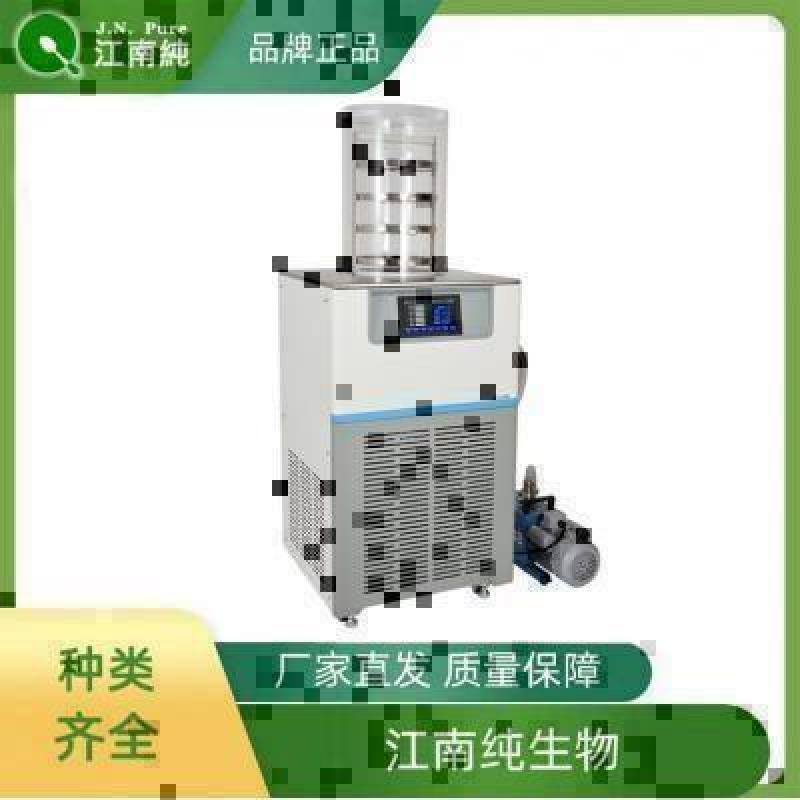Anti-CST9 antibody
| 英文名称 | CST9 |
| 中文名称 | 胱抑素9/半胱氨酸蛋白酶抑制剂9抗体 |
| 别 名 | M12; CLM; Cresp; Cst9; CST9_HUMAN; Cystatin 9 (testatin); Cystatin like molecule; Cystatin-9; Cystatin-like molecule; Testatin. |
DATASHEET
Host:Rabbit
Target Protein:CST9
IR:Immunogen Range:21-120/159
Clonality:Polyclonal
Isotype:IgG
Entrez Gene:128822
Swiss Prot:Q5W186
Source:KLH conjugated synthetic peptide derived from human CST9/Cystatin 9:21-120/159
Purification:affinity purified by Protein A
Storage:0.01M TBS(pH7.4) with 1% BSA, 0.03% Proclin300 and 50% Glycerol. Shipped at 4℃. Store at -20 °C for one year. Avoid repeated freeze/thaw cycles.
Background:The cystatin superfamily is a well-established family of cysteine protease inhibitors. All true cystatins inhibit cysteine peptidases of the papain family, such as cathepsins, while some also inhibit legumain family enzymes. The CRES (cystatin-related epididymal spermatogenic) protein defines a new subgroup in the family 2 cystatins of the cystatin superfamily. CRES proteins lack two of the three consensus sites necessary for the cystatin inhibition of C1 cysteine proteases. Due to their expression patterns, it is likely that CRES proteins may perform unique and tissue-specific functions in the reproductive and neuroendocrine systems. As a member of the CRES subfamily, Cystatin 9, also designated CLM, is a 159 amino acid protein that is expressed in heart, placenta, lung, liver, skeletal muscle and pancreas. Cystatin 9 is thought to play a role in hematopoietic differentiation or inflammation. It has also been shown to be upregulated by LPS in some cancer cell lines, such as promyelocytic leukemia (HL-60) and myelomonocytic leukemia.
Size:100ul
Concentration:1mg/ml
Applications:ELISA(1:5000-10000)
IHC-P(1:100-500)
IHC-F(1:100-500)
IF(1:50-200)
Cross Reactive Species:Human
.
For research use only. Not intended for diagnostic or therapeutic use.


好评度